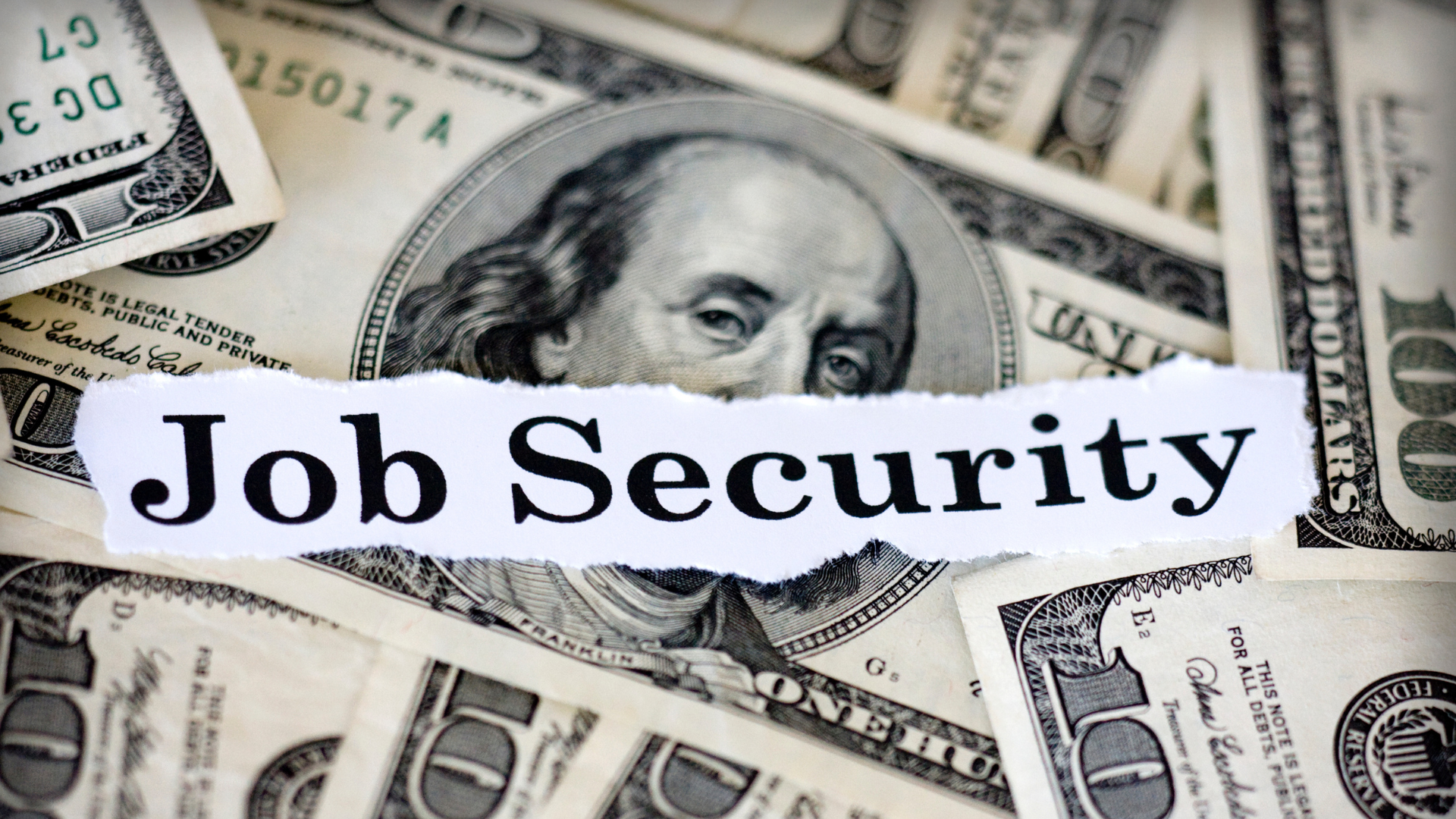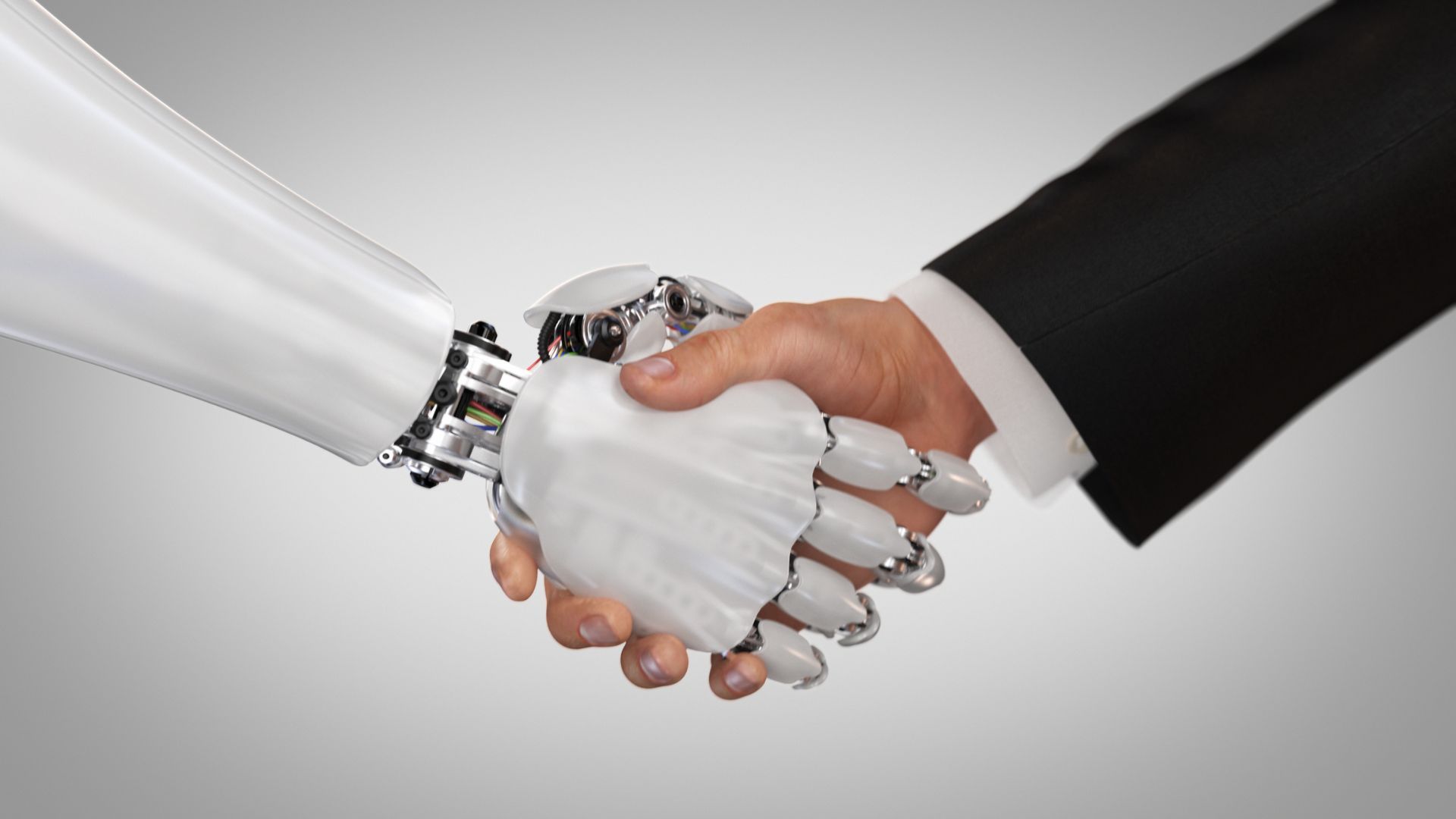Reinventing your organisation for post covid
Remi Marcelin • November 3, 2021

When the Covid-19 pandemic hit, many companies had to change their ways of operation. With the pandemic came a sense of urgency that needed employees working in companies to step up to keep up with the situation. This, therefore, saw the rise of company heroes who brought forward their skills and helped companies adapt to the complex circumstances and move forward with speed and agility.
They pushed aside existing bureaucracies and tried to connect with the right people. This thus increased the speed of decision making, improved productivity by using data and technology in new ways and accelerated the scope of innovation.
However, with the Virus now almost being managed and people slowly getting back to the pre covid workplaces, owners and managers are left with one bone of contention: What happens after Covid 19 is over? Do they return to normalcy, or do they sustain new ways of working?
Flatten The Matrix Organizational Structure
In the Pre-covid times, hierarchies and bureaucracies existed in most companies for what they called "the need to have informed and proper decisions." This involved several decision-makers sitting through meetings to approve or come up with a decision. During covid times, we saw this wasn't necessary. A small number of decision-makers and implementers could meet via video conference and still make sound decisions.
As a business owner or manager, you can suspend these slow-moving hierarchies and bureaucracies. You can also learn to delegate non-critical decisions to employees to enable top leaders to focus on more important decisions.
Empower Front-line Workers
Tough times do not mean that leaders need to tighten control and micromanage everything. Instead, it means that they should give their front-line employees power to take on more responsibility for collaboration, action and execution. As a leader, you can invest in helping your front-line workers to up their game of performance by realigning incentives, recognizing and rewarding teams that execute decisions with speed and excellence and using targeted programs. This will equip them with the skill and mindset to solve problems fast instead of waiting to be directed.
Equip Tomorrow's Leaders Today
The Covid times exposed company heroes who rose and helped the company navigate through the tough times. CEOs were able to see who could lead the companies in the coming days. These involve the people who were able to make decisions and execute them rapidly, take on new challenges, persevere hard times and lead in the face of uncertainties. In most cases, these were not the bureaucratic leaders but two-to-three layers down employees. To maintain the organization's speed, managers and CEOs should train such people and equip them to take leadership positions.
Build Small Empowered Teams
Small, focused cross-functional teams working towards a common goal are the most effective way to get work accomplished. As a leader, you can charge each team with a specific mission, empower each team to find its approach, then give them the freedom to work without micromanaging them.
Creating many small teams across an enterprise will enable the whole system to move faster and help your organization to maintain speed even in the post-covid times.
Find the job you love I Find the right talent
Get in touch with people2people
Australia
I
United Kingdom
In business since 2002 in Australia, NZ, and the United Kingdom, people2people is an award-winning recruitment agency with people at our heart. With over 12 offices, we specialise in accounting and finance, business support, education, executive, government, HR, legal, marketing and digital, property, sales, supply chain, and technology sectors. As the proud recipients of the 2024 Outstanding Large Agency and Excellence in Candidate Care Awards, we are dedicated to helping businesses achieve success through a people-first approach.






